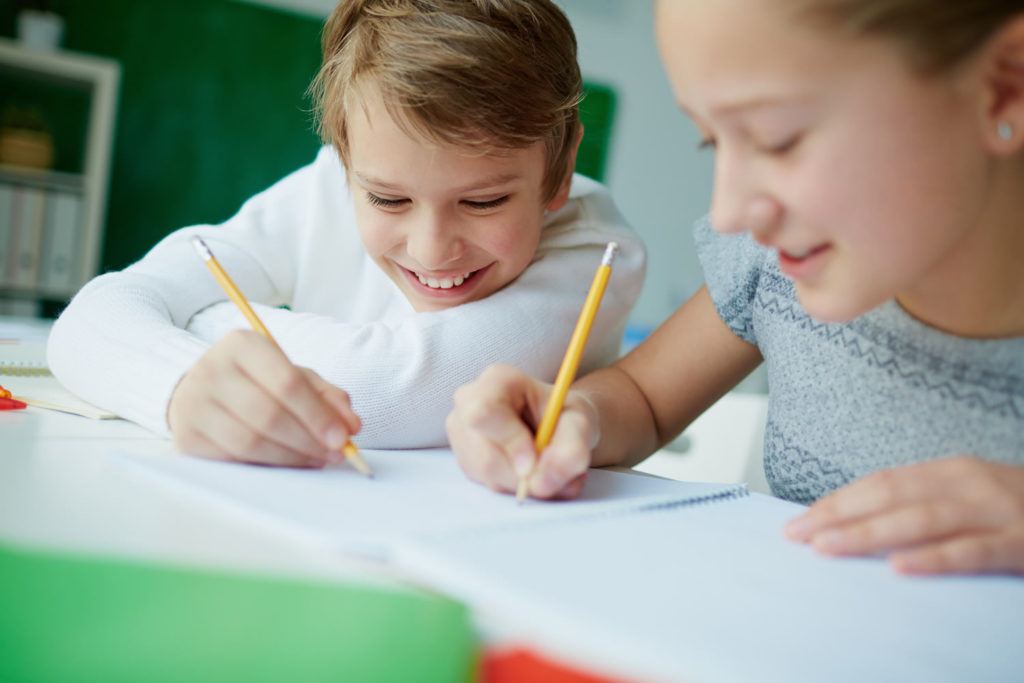Through direct observation of the child while writing, parents and teachers will be able to look for clues of the following actions / ways of writing that can be an important clue to know which area the child needs to improve in particular.
This will allow for targeted and faster specific treatment , avoiding exercises that, while welcome, may not treat the root cause and therefore offer no results, discouraging parents and frustrating children.
However, we remember that we are referring to dysgraphia (writing motor difficulties) and not dysorthography (sentence writing problems), although it is usual that both can coexist to various degrees.
Observed behavior / problem |
What area to work and possible problems |
| The child does not know with which hand to hold the pencil | Manual dominance and laterality, fine motor skills |
| The child holds the pencil with more / less pressure than necessary | Pressure control exercises, fine motor skills |
| The child “lies down” with the upper part of the body on the desk, takes strange postures | Postural problems |
| Slow and inattentive typing | Automation and speed issues |
| Incomplete written letters, resizable | Vision problems, lack of knowledge of the letters, little grapheme-phoneme relationship |
| Left handwriting, no margins | Right-left orientation problems |
| Difficulty matching letters | Problems with space, incomplete reading |
| Difficulty distinguishing and choosing ascending and descending letters (fj) | Vision problems, saccades |
(adsbygoogle = window.adsbygoogle || []).push({});
Activity: Individualized word-picture dictionary
 This activity aims to reinforce the knowledge of words, their processing speed, and increase vocabulary, reinforcing it.
This activity aims to reinforce the knowledge of words, their processing speed, and increase vocabulary, reinforcing it.
It is very easy, it consists of obtaining the images present in the common advertising pamphlets of the large stores, where the products for sale are shown, and cutting them out.
Taking advantage of the fact that they are divided into categories (home, cleaning, garden, children, car etc.) the images are cut out, mixed and the name is written on the back, and then the child must paste them, by the aforementioned categories, in a notebook, and write name.
It is essential to read the word out loud, slowly and multiple times.
Little by little, a few words at a time, a dictionary of consolidated words will be created.
Over time, in the new exercises, the images will be repeated, and we will verify that the child is able to classify and write them with ease, through review, but without pressure.
Tip : it is essential to be persistent to obtain definitive results in the medium-long term. To facilitate performing such an exercise as a routine, it is convenient to have cut out a large number of images, dedicating a couple of hours to do so (except when the child will accompany us) in order to have material prepared in advance.












































































































Very good topics to help our children.